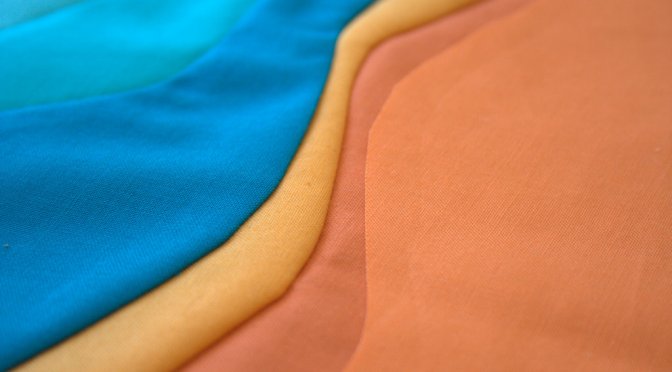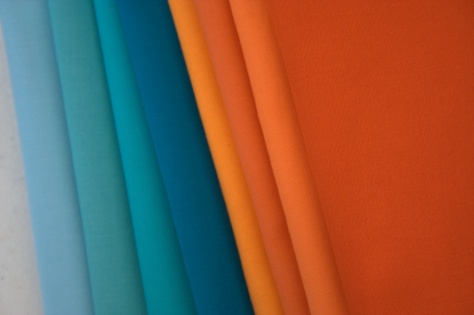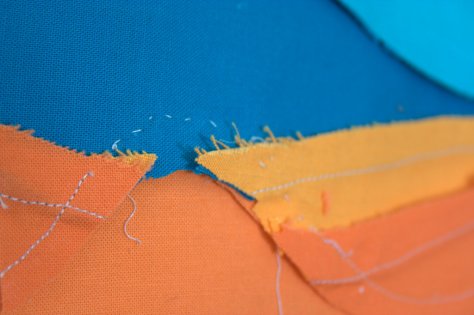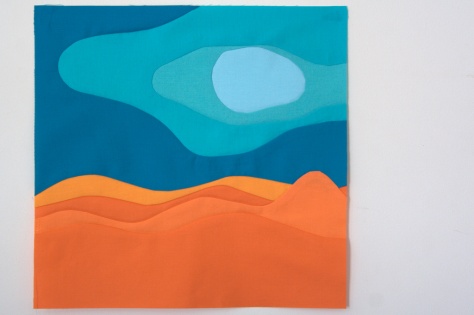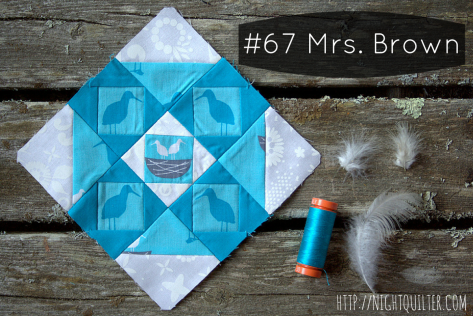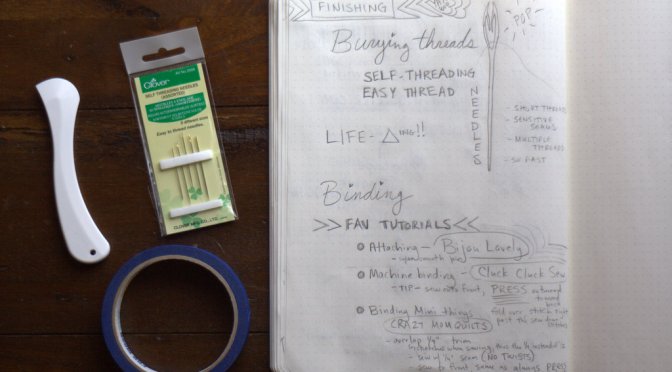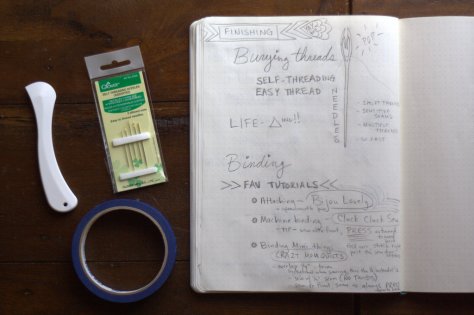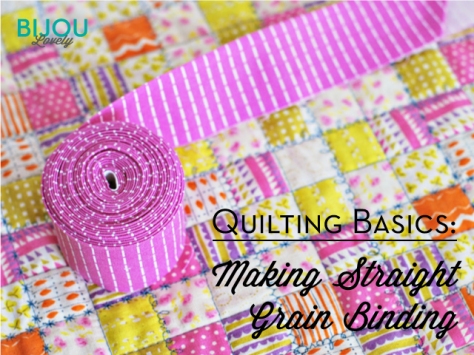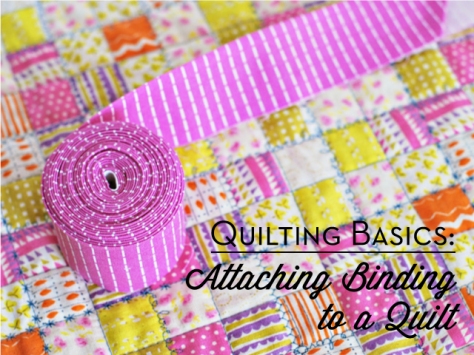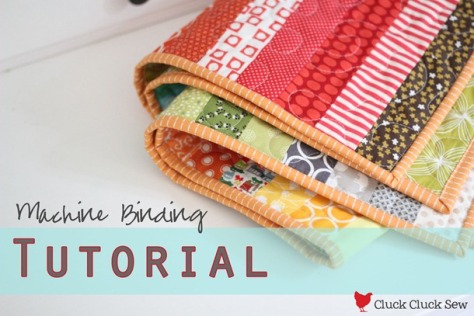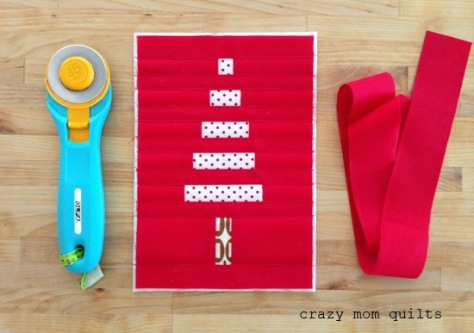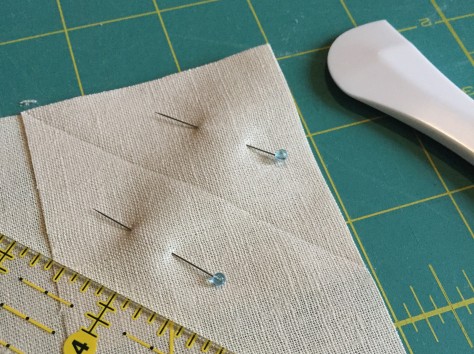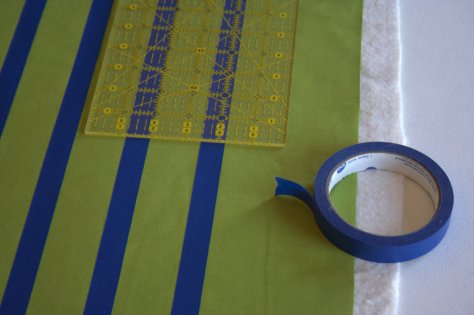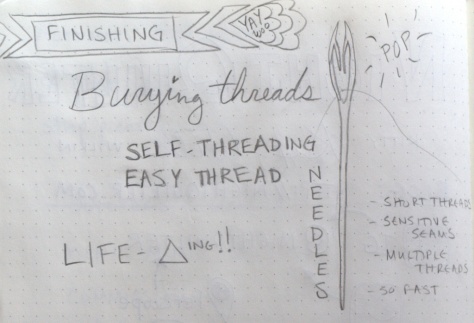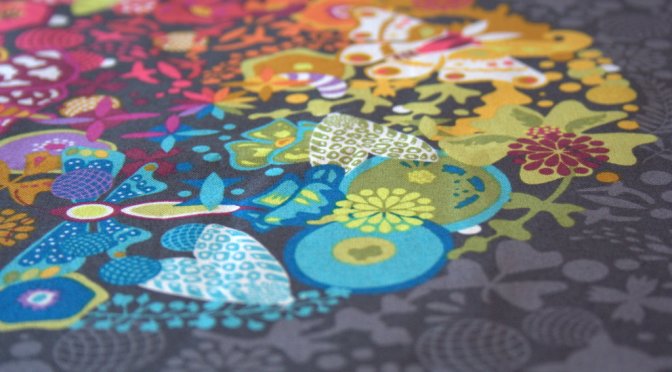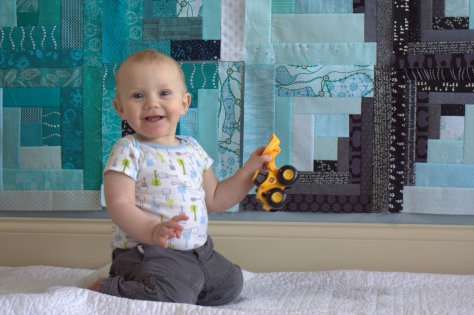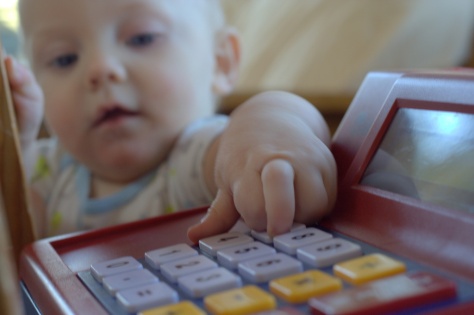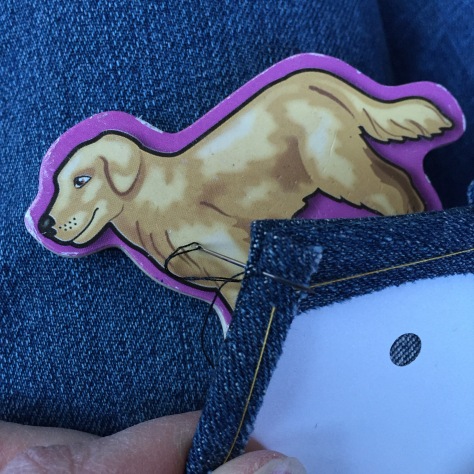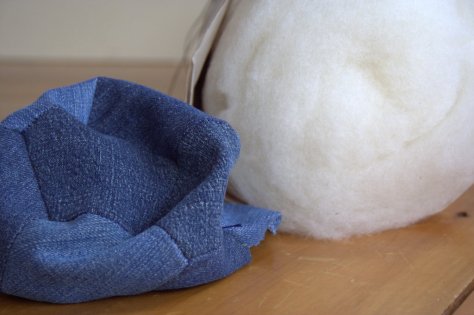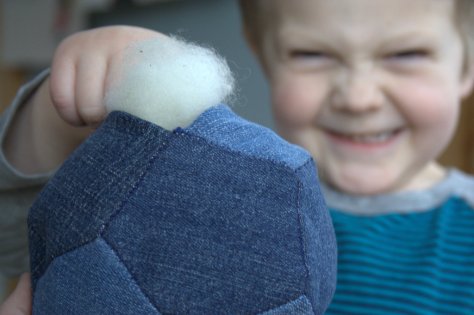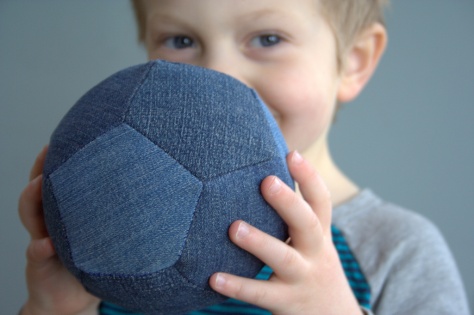My recent experimentation with improv curves has got me excitedly skipping down the path of curved sewing, eagerly trying every rendition of curves I can find. Mastering curves is one of my big goals for the year, so I’m happily nurturing this skill with every try.
 I have collected quite a sweet stack of fabric scraps featuring colorful creatures and items (many thanks to my most generous fellow quilters who sent scraps!), and with Allison from Campbell Soup Diary constantly
I have collected quite a sweet stack of fabric scraps featuring colorful creatures and items (many thanks to my most generous fellow quilters who sent scraps!), and with Allison from Campbell Soup Diary constantly prodding encouraging me to try freezer paper appliqué, I figured it was finally time. Thus begins another new project–an eye spy quilt for my kids involving inset circles, drunkards path blocks, and any other curves I can find.
 Since I don’t have an actual mathematical compass in my house (gasp–appalling, I know!), I decided to use my Sizzix die cutting machine to help with cutting circles, since of course the eye spy quilt will need to consist of curves of all kinds. I only have the Sizzix BigZ L die that includes 2″, 3″, and 4″ circles together, so I could use it to cut the freezer paper but not the fabric. You can be sure the solo 2 1/2″ and 3 1/2″ circle dies will be in my next order! I grabbed some freezer paper, my washable school glue with Fineline tip, some appliqué scissors, my Sizzix fabi and circles and drunkards path dies and some fun fabrics.
Since I don’t have an actual mathematical compass in my house (gasp–appalling, I know!), I decided to use my Sizzix die cutting machine to help with cutting circles, since of course the eye spy quilt will need to consist of curves of all kinds. I only have the Sizzix BigZ L die that includes 2″, 3″, and 4″ circles together, so I could use it to cut the freezer paper but not the fabric. You can be sure the solo 2 1/2″ and 3 1/2″ circle dies will be in my next order! I grabbed some freezer paper, my washable school glue with Fineline tip, some appliqué scissors, my Sizzix fabi and circles and drunkards path dies and some fun fabrics.
 I used a combination of Allison’s fabulous tutorial for a mini drunkards path block and the techniques used in the six-minute circle and other improv sewing I’ve been trying. I basically followed Allison’s tutorial, using the Sizzix to cut the circle in the freezer paper, and ironing the freezer paper to the wrong side of my background square to get started.
I used a combination of Allison’s fabulous tutorial for a mini drunkards path block and the techniques used in the six-minute circle and other improv sewing I’ve been trying. I basically followed Allison’s tutorial, using the Sizzix to cut the circle in the freezer paper, and ironing the freezer paper to the wrong side of my background square to get started.
 I clipped the curves and pressed them out around the freezer paper, actually gluing them a bit to the paper so that they would stay pressed back better (brilliant tip, Allison!). Then I diverted from Allison’s tutorial and switched into “six-minute circle mode”, running a bead of glue around the tabs.
I clipped the curves and pressed them out around the freezer paper, actually gluing them a bit to the paper so that they would stay pressed back better (brilliant tip, Allison!). Then I diverted from Allison’s tutorial and switched into “six-minute circle mode”, running a bead of glue around the tabs.
 I then positioned the circle over the strawberry piece, pressing it with an iron to heat set the glue.
I then positioned the circle over the strawberry piece, pressing it with an iron to heat set the glue.
 Once the tabs were heat set and secure, I gently pulled the background fabric up and slowly stitched around the inside edge of that freezer paper circle using a zipper foot. That way, these inset circles are sewn and secure, but the stitches are still hidden like with actual curved piecing.
Once the tabs were heat set and secure, I gently pulled the background fabric up and slowly stitched around the inside edge of that freezer paper circle using a zipper foot. That way, these inset circles are sewn and secure, but the stitches are still hidden like with actual curved piecing.
 Then I trimmed the excess fabric from around the strawberry, creating a 1/4″ seam allowance. I LOVE the outcome! I also think this took even less than six minutes, which is kind of amazing in my book. Only a couple hundred more squares to go!
Then I trimmed the excess fabric from around the strawberry, creating a 1/4″ seam allowance. I LOVE the outcome! I also think this took even less than six minutes, which is kind of amazing in my book. Only a couple hundred more squares to go!
 I don’t have a real firm plan for this quilt yet, other than I’m aiming to use 4″ and 8″ and possibly some 2″ blocks and aim for a smooth rainbow gradient as well as the eye spy fun within the blocks. I have not yet decided whether I will include squares as well as circles, or if I will keep this a purely curvy quilt. What would you do?
I don’t have a real firm plan for this quilt yet, other than I’m aiming to use 4″ and 8″ and possibly some 2″ blocks and aim for a smooth rainbow gradient as well as the eye spy fun within the blocks. I have not yet decided whether I will include squares as well as circles, or if I will keep this a purely curvy quilt. What would you do?
 As you can see, I did give one drunkards path block a go since I have a drunkards path die that finishes at 4″, but I clearly need more practice with actual curved piecing. It ended up a bit wonky and smaller than 4 1/2″ (for visual reference, the strawberry and cat blocks are about 5 or 5 1/2″ square since I plan to trim them down at the end and I wanted some wiggle room). Next time, I’ll try glue basting for the drunkards path block, too, I think. It’s worth a try!
As you can see, I did give one drunkards path block a go since I have a drunkards path die that finishes at 4″, but I clearly need more practice with actual curved piecing. It ended up a bit wonky and smaller than 4 1/2″ (for visual reference, the strawberry and cat blocks are about 5 or 5 1/2″ square since I plan to trim them down at the end and I wanted some wiggle room). Next time, I’ll try glue basting for the drunkards path block, too, I think. It’s worth a try!
I’m linking up with Lorna at Let’s Be Social, since I’ve added yet another project to my works in progress pile. After this one, I’m going to focus on finishing what I’ve started for a while!


